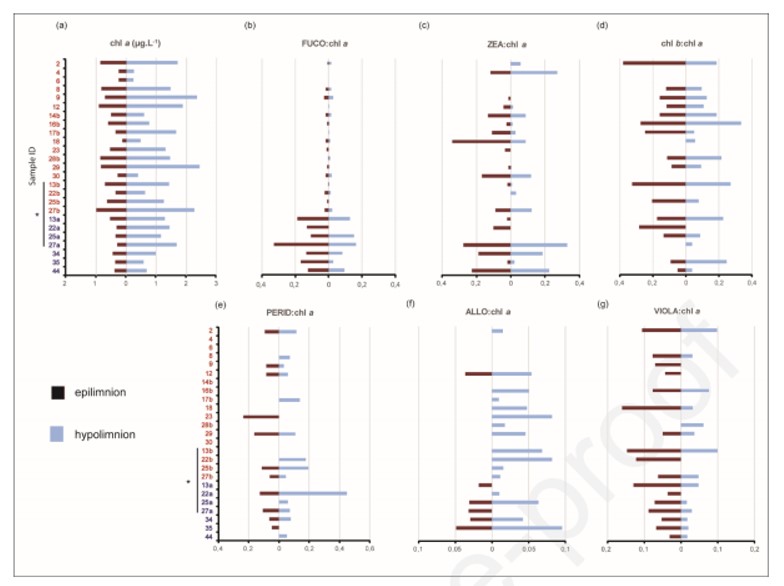
Authors
Rico Leiser, Gi-Mick Wu, Thomas R. Neu, Katrin Wendt-Potthoff
Microplastic particles entering aquatic systems are rapidly colonized by microbial biofilms. The presence of microbial biomass may cause sinking of particles and as a consequence prevent their transport to the oceans. We studied microbial colonization of different polymer particles exposed in the epi-, meta- and hypolimnion of a freshwater reservoir during late summer for 47 days. Parameters measured included biofilm formation, metal sorption and sinking velocities. Microbial biofilms contained bacteria, cyanobacteria and algae as well as inorganic particles such as iron oxides. Regardless of biofilm thickness and biovolumes of different biofilm constituents, single polyethylene (PE) particles stayed buoyant, whereas the sinking velocity of single polystyrene (PS) and polyethylene terephthalate (PET) particles did not change significantly compared to initial values. During exposition, a mixing event occurred, by which anoxic, iron-rich water from the hypolimnion was mixed with water from upper layers. This induced aggregation and sinking of hypolimnetic PE particles together with organic matter, cyanobacteria colonies and iron minerals.





